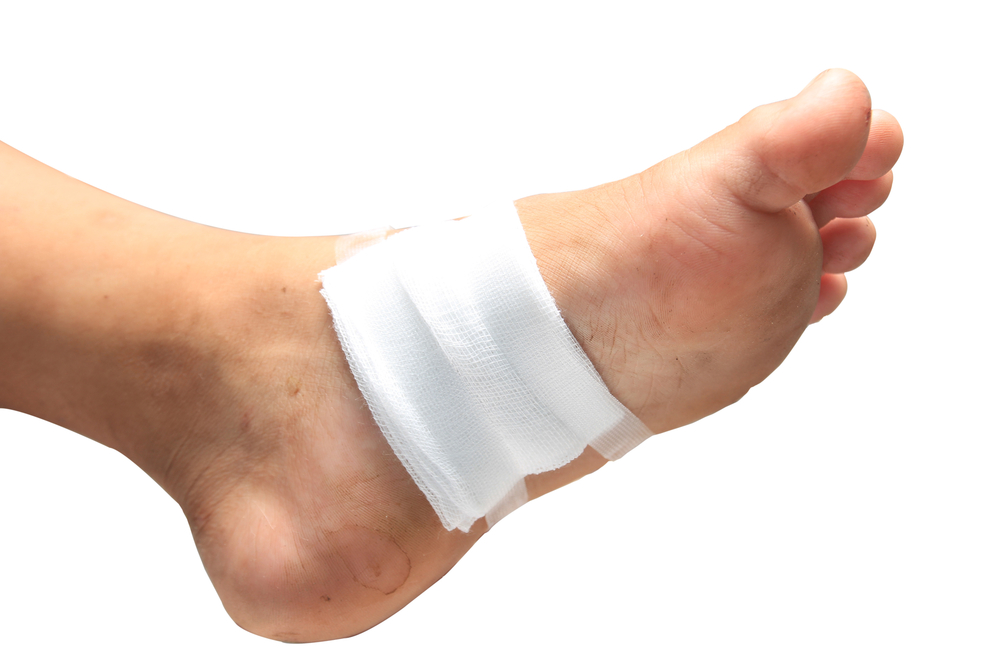
 People with diabetes often suffer from diabetic neuropathy, which is nerve damage causing numbness, tingling, sensitivity, and the inability to feel pain. This condition, along with circulatory problems also prevalent in diabetes sufferers, can lead to diabetic ulcers. Diabetic, or neurotrophic, ulcers are typically found at the bottom of the foot where pressure is applied. A loss of sensitivity and feeling in the feet can make people with diabetes unaware that calluses, cracks, or an infection is occurring—making it vitally important for them to inspect their feet daily. If you have numbness, pain, or a wound on your foot that will not heal, make an appointment right away with a podiatrist to have the situation properly diagnosed and treated.
People with diabetes often suffer from diabetic neuropathy, which is nerve damage causing numbness, tingling, sensitivity, and the inability to feel pain. This condition, along with circulatory problems also prevalent in diabetes sufferers, can lead to diabetic ulcers. Diabetic, or neurotrophic, ulcers are typically found at the bottom of the foot where pressure is applied. A loss of sensitivity and feeling in the feet can make people with diabetes unaware that calluses, cracks, or an infection is occurring—making it vitally important for them to inspect their feet daily. If you have numbness, pain, or a wound on your foot that will not heal, make an appointment right away with a podiatrist to have the situation properly diagnosed and treated.
Wound care is an important part in dealing with diabetes. If you have diabetes and a foot wound or would like more information about wound care for diabetics, consult with Massimo Pietrantoni, DPM from Rochester Podiatry, LLP. Our doctor will assess your condition and provide you with quality foot and ankle treatment.
What Is Wound Care?
Wound care is the practice of taking proper care of a wound. This can range from the smallest to the largest of wounds. While everyone can benefit from proper wound care, it is much more important for diabetics. Diabetics often suffer from poor blood circulation which causes wounds to heal much slower than they would in a non-diabetic.
What Is the Importance of Wound Care?
While it may not seem apparent with small ulcers on the foot, for diabetics, any size ulcer can become infected. Diabetics often also suffer from neuropathy, or nerve loss. This means they might not even feel when they have an ulcer on their foot. If the wound becomes severely infected, amputation may be necessary. Therefore, it is of the upmost importance to properly care for any and all foot wounds.
How to Care for Wounds
The best way to care for foot wounds is to prevent them. For diabetics, this means daily inspections of the feet for any signs of abnormalities or ulcers. It is also recommended to see a podiatrist several times a year for a foot inspection. If you do have an ulcer, run the wound under water to clear dirt from the wound; then apply antibiotic ointment to the wound and cover with a bandage. Bandages should be changed daily and keeping pressure off the wound is smart. It is advised to see a podiatrist, who can keep an eye on it.
If you have any questions, please feel free to contact one of our offices located in Brighton and Greece of Rochester, NY . We offer the newest diagnostic and treatment technologies for all your foot care needs.
Read more about Wound Care